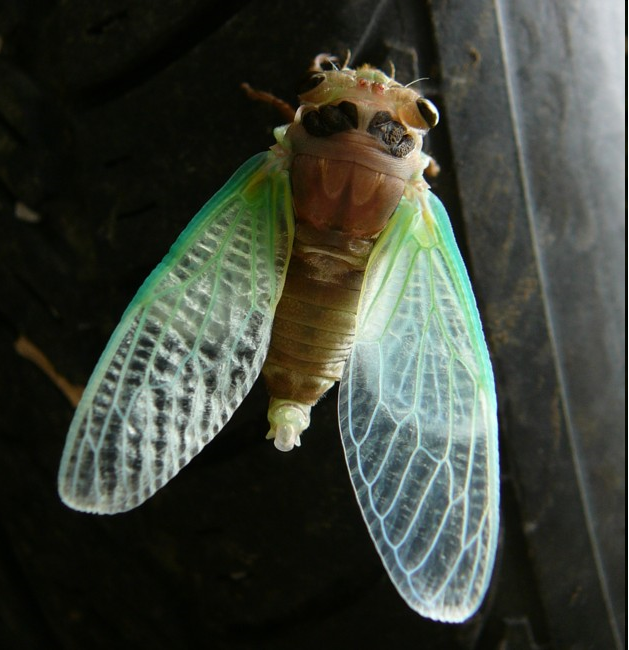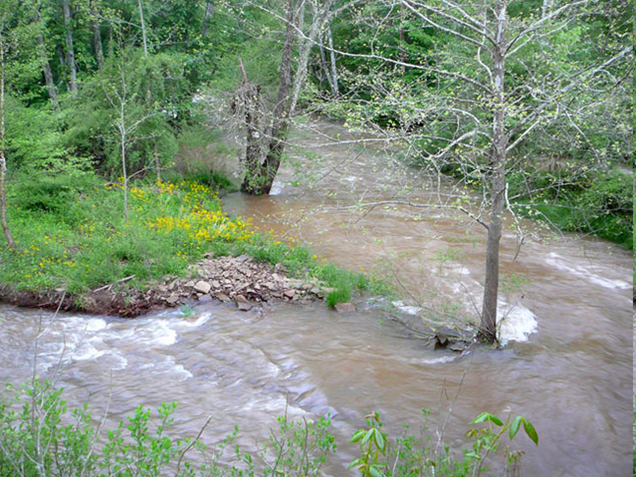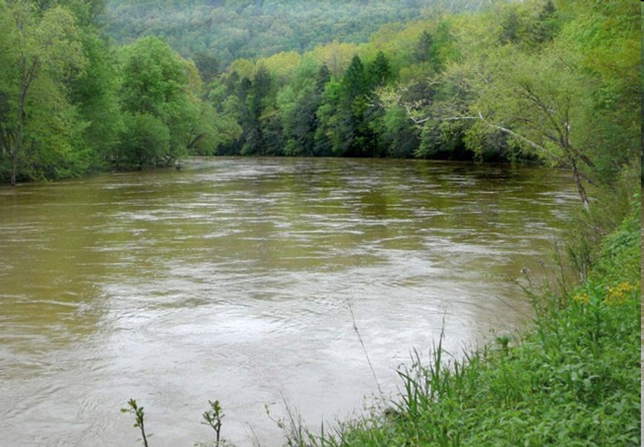Demand the EPA Protect the Ohio River from Pollution!
Join us in petitioning the U.S. EPA to create numeric nutrient standards for the Ohio River!
Why This Matters
The Ohio River and many of its tributaries have suffered from excess nutrients in the water, also known as eutrophication, posing a severe threat to human health and the environment. The effects of eutrophication in the Ohio River have been caused by nitrogen and phosphorus pollution on multiple occasions. Pollution from these nutrients cause or contribute to dead zones in the river, greatly affecting the ability for aquatic life present there to survive. Human health effects have also been traced to nitrogen and phosphorus pollution.
The Ohio River consistently is ranked as the most polluted in the country, with an estimated 30 million pounds of toxic chemicals illegally dumped into its waters each year. Possibly most concerning, the Ohio River has seen large scale harmful algae blooms in 2015 and 2019 due to excess nutrients, both of which covered hundreds of miles according to reports from the Ohio River Valley Water Sanitation Commission. The blue-green algae present during harmful algae blooms can produce a toxin known as microcystin that’s harmful to the liver. When ingested or touched, the toxin can cause stomach pain, nausea, vomiting, numbness, and other health effects. The Ohio River provides drinking water for over 5 million individuals, and most water treatment plants lack the ability to remove the toxin from the water supply.
Sierra Club and partner organizations have submitted a petition to the Environmental Protection Agency requesting rulemaking be established under the Administrative Procedure Act for numeric water quality standards for nitrogen and phosphorus for the Ohio River and its tributaries. Additionally, the petition seeks the establishment of total maximum daily loads for nitrogen and phosphorus for the Ohio River. Action by the EPA to control nutrient pollution in the Ohio Basin is badly needed as states are not currently effectively limiting nutrient pollution through NPDES permits or TMDLs.
Take action and let the U.S. EPA know that excess nutrient pollution must be controlled on the Ohio River.
SIGN THE PETITION HERE

























































